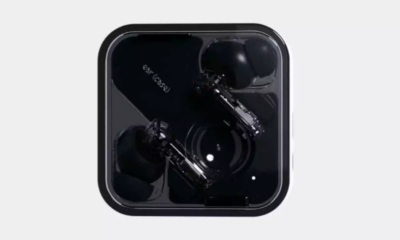Technology
Hero 11 Black Mini 5.3K Action Camera from GoPro is currently on sale for $400

Technology
Threads uses a more sophisticated search to compete with Bluesky
Technology
Apple’s own 5G modem-equipped iPhone SE 4 is “confirmed” to launch in March
Technology
Google is said to be discontinuing the Pixel Tablet 2 and may be leaving the market once more
-

 Business4 weeks ago
Business4 weeks agoWiz will pay $450 million to acquire Cloud Remediation Startup Dazz
-

 Business4 weeks ago
Business4 weeks agoAmazon Invests an additional $4 Billion in the AI Firm Anthropic
-

 Sports4 weeks ago
Sports4 weeks agoCaitlin Clark declined a larger offer and invested in the team ownership bid despite earning a five-figure WNBA salary
-

 Science4 weeks ago
Science4 weeks agoThis Meteorite has just shown an Old Indication of Water on Mars
-

 Business4 weeks ago
Business4 weeks agoZopper, an Insurtech Company, Raises $25 Million in a Round Sponsored by Elevation Capital and Dharana Capital
-

 Science4 weeks ago
Science4 weeks agoHuman Activity is Solely to Blame for the 31.5-inch Tilt in the Earth’s Rotation
-

 Science4 weeks ago
Science4 weeks agoFirefly plans to launch its first lunar lander mission in January
-

 Technology3 weeks ago
Technology3 weeks agoThreads uses a more sophisticated search to compete with Bluesky






